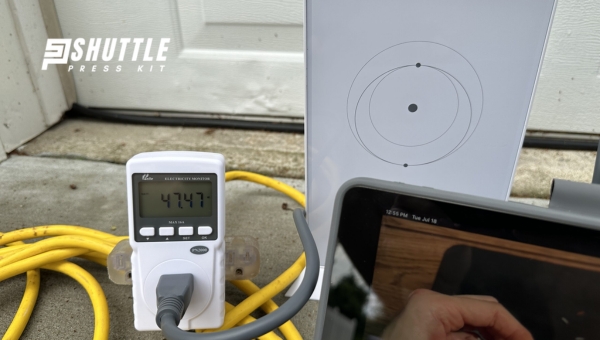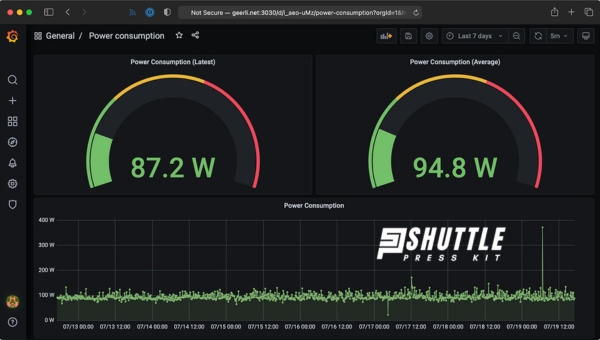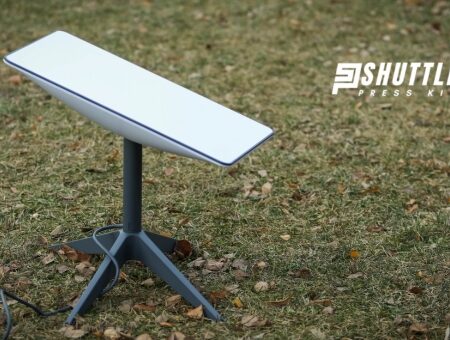Ever wondered what it takes to keep you connected with the world? I mean, not just any connection, but high-speed internet provided directly from space. Yes, I’m talking about Starlink – the futuristic internet by SpaceX.
Curiosity often strikes when new tech rolls out: “How Much Power Does Starlink Use?” Maybe you’re considering a switch or just keen on the stats. Either way, isn’t it exciting to find out how much energy this cutting-edge technology needs?
Starlink’s need for power can be quite reasonable! Picture an average LED bulb lighting up your room—that’s roughly where Starlink’s power use hovers around daily usage. It doesn’t drain as much electricity as one might think, given its superior connectivity benefits.
Of course, there are specific details that can bump up consumption, like weather conditions or overall network activity, yet it remains a low-power solution to high-speed internet demands
How Much Power Does Starlink Use?
Starlink’s power consumption varies based on the model and usage conditions. The standard Starlink dish typically consumes 50 to 75 watts during active use and drops to about 20 to 30 watts when idle. In contrast, the high-performance models can draw between 110 to 150 watts when in operation.

Factors such as network activity, weather conditions, and obstructions can significantly impact power usage; for example, heavy rain or snow increases the power needed for signal transmission.
Users operating Starlink in off-grid situations often convert to 12V DC, which can reduce overall consumption by about 40%, making it more efficient for battery-powered setups.
Also Read: How to Find Starlink Installers Near Me? [Quick Tips]
Different Factors Affecting the Power Consumption of Starlink
Several factors can influence how much power Starlink uses. It’s important to know these to understand your energy use better and potentially find ways to save.

The Role Weather Plays
Weather plays a significant part in Starlink’s power usage. This isn’t surprising, given that we’re dealing with satellites here. For instance, on clear days, your dish doesn’t have to work as hard. It has an easy line of sight to the satellite it’s communicating with up in the vast expanse of space.
However, when storm clouds roll in, or fog descends, the scenario changes. Thick cloud cover and heavy precipitation can make it more challenging for signals to pass between the satellite and your dish on the ground. As a result, your dish needs to use more power, just maintaining a solid internet connection.
Network Activity’s Effect
The next thing you should consider is network activity – what you’re doing online affects how much energy is used by Starlink. If I’m just browsing my emails or scrolling through social media posts, my router doesn’t consume too much power.
But once I start downloading massive files or streaming movies in high definition (HD), I might enjoy faster speeds because of Starlink, but at the cost of using more electricity.
In other words, light internet usage consumes less energy than intense downloading or uploading activities do.
Obstructions Influence
Finally, let me talk about obstructed views or physical blockages between your dish and the sky – commonly known as obstructions which impact power consumption quite seriously, too.
If there are clear skies above us but large trees block our signal path – again, our Satellite Internet connection may falter – leading our system into overdrive mode, consuming excessive energy while attempting to re-establish connectivity efficiently.
So, it becomes essential from an electrical consumption point-of-view (POV) that our individual installation space clears any surrounding obstructions for the smooth functioning of Starlink.
Understanding how these factors affect energy use can be the key to saving power and controlling costs revolving around ‘how much power does Starlink use.
Also Read: Starlink Dominican Republic Cost, Speed, Contact Info
FAQs
How much power does Starlink need?
Starlink uses approximately 100 watts of power. This is not constant, as the system’s power consumption can spike or dip according to network activity and weather conditions.
How much usage do you get with Starlink?
With Starlink, your usage is heavily dependent on your needs and online activity. At present, there are no explicit data caps imposed by Starlink, but fair use policies apply.
How much does Starlink cost a month?
The monthly subscription fee for Starlink stands at $99. The price may vary in different countries due to currency conversion rates and local taxes.
How powerful is Starlink WIFI?
Starlink offers impressive internet speeds, ranging from 50Mbps to 150Mbps. In some instances, users have reported speeds over 200 Mbps. However, the actual speed can fluctuate based on several factors, including the position of satellites.
Also Read: How to Set Up a Guest Wi-Fi Network: Easy Guide
Conclusion
So, there you have it. The question “How much power does Starlink use?” is by no means a simple one to answer.
Several factors come into play, from the version of the Starlink service that you choose to use and your pattern of online activity to weather changes and possible sky obstructions.
While some concerns about increased electric bills were raised, we also covered how smart usage could help mitigate this increase.
